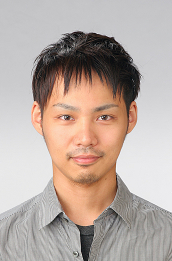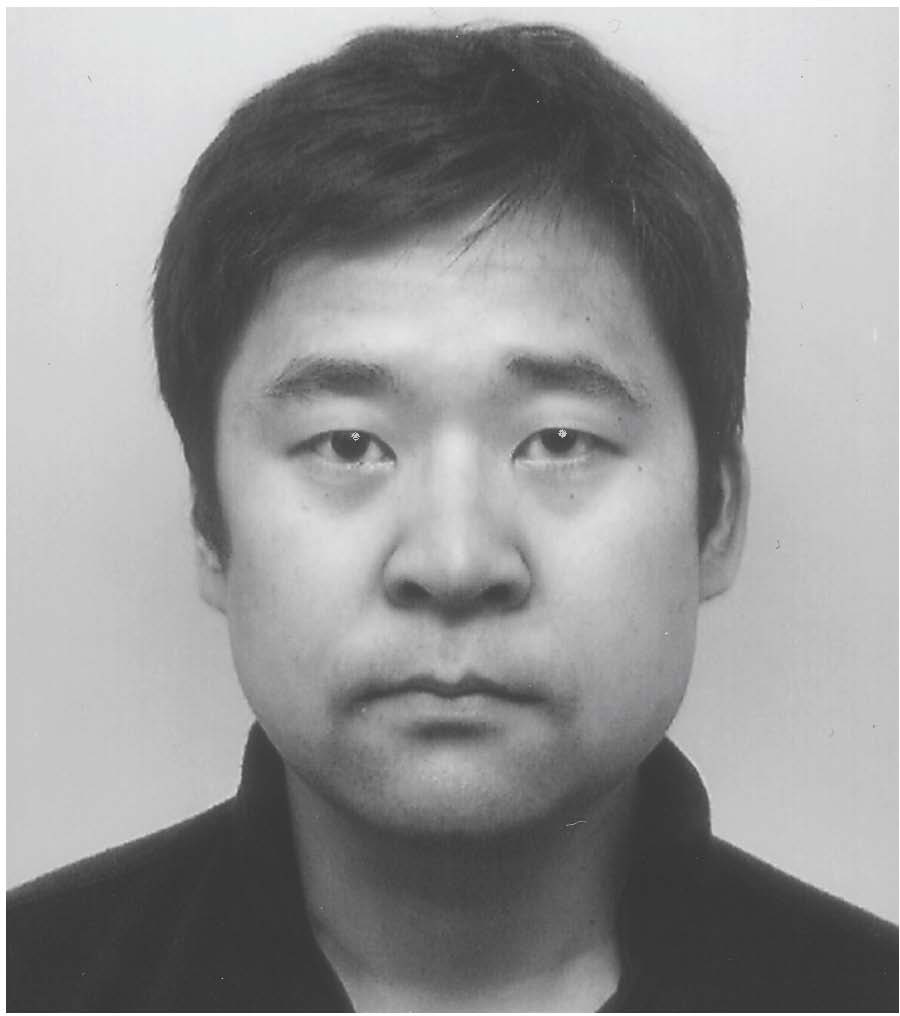Workshop on Modern Error Correcting Codes (MECC) will be held in Tokyo, Japan on August 30, 2013. This workshop focuses on three kinds of recently developed error correcting methods: polar codes, spatially coupled LDPC codes, and sparse superposition codes, all of which are shown to achieve the Shannon bound with efficient decoding algorithms. The first two are designed for certain channels with finite input alphabet, while the last one is for the Additive White Gaussian Noise (AWGN) channels. We will have three talks by experts on these methods, to discuss the relation between them and the future of communication technologies.
place: Convention Hall in Institute of Industrial Science (IIS), the University of Tokyo (Komaba Campus) access
Programme
10:00-10:05 Opening
10:10-11:40 Andrew Barron
--Break--
13:30-15:00 Ryhuhei Mori
15:10-16:40 Kenta Kasai
Speakers
 |
Andrew R. Barron (Yale University) Title: Sparse Superposition Codes: Adaptive Successive Decoding is Provably Fast and Reliable at all Rates R < C [Slide] Abstract: While empirical methods have been found in the last 20 years to reliably communicate at high rates for practical real noise channels, theory of a practical scheme provable to have exponential error probability at any rate R < C has been lacking. Here we discuss recent developments establishing success of sparse superposition codes with iteratively optimal coefficient estimates interpretable as an adaptive successive decoding of code pieces. This is joint work with Antony Joseph and Sanghee Cho. |
 |
Ryuhei Mori (Tokyo Institute of Technology) Title: Introduction to Polar Codes [Slide] Abstract: Polar codes are provably capacity achieving error-correcting codes with low encoding and decoding complexity for any discrete memoryless channel, discovered by Arikan in 2008. Here, basic properties of polar codes are discussed, e.g., the recursive structure, successive cancellation decoding, polarization phenomenon, rate of polarization, etc. |
Organizers: Yoshito Hirata, Mikio Hasegawa, Yutaka Jitsumatsu, Toshiyuki Tanaka, Jun'ichi Takeuchi
Sponsor:
FIRST, Aihara Innovative Mathematical Modelling Project
Supported by:
Technical Committee on Information Theory (IT), IEICE.
Research Society of Information Theory and Its Applications, IEICE.
